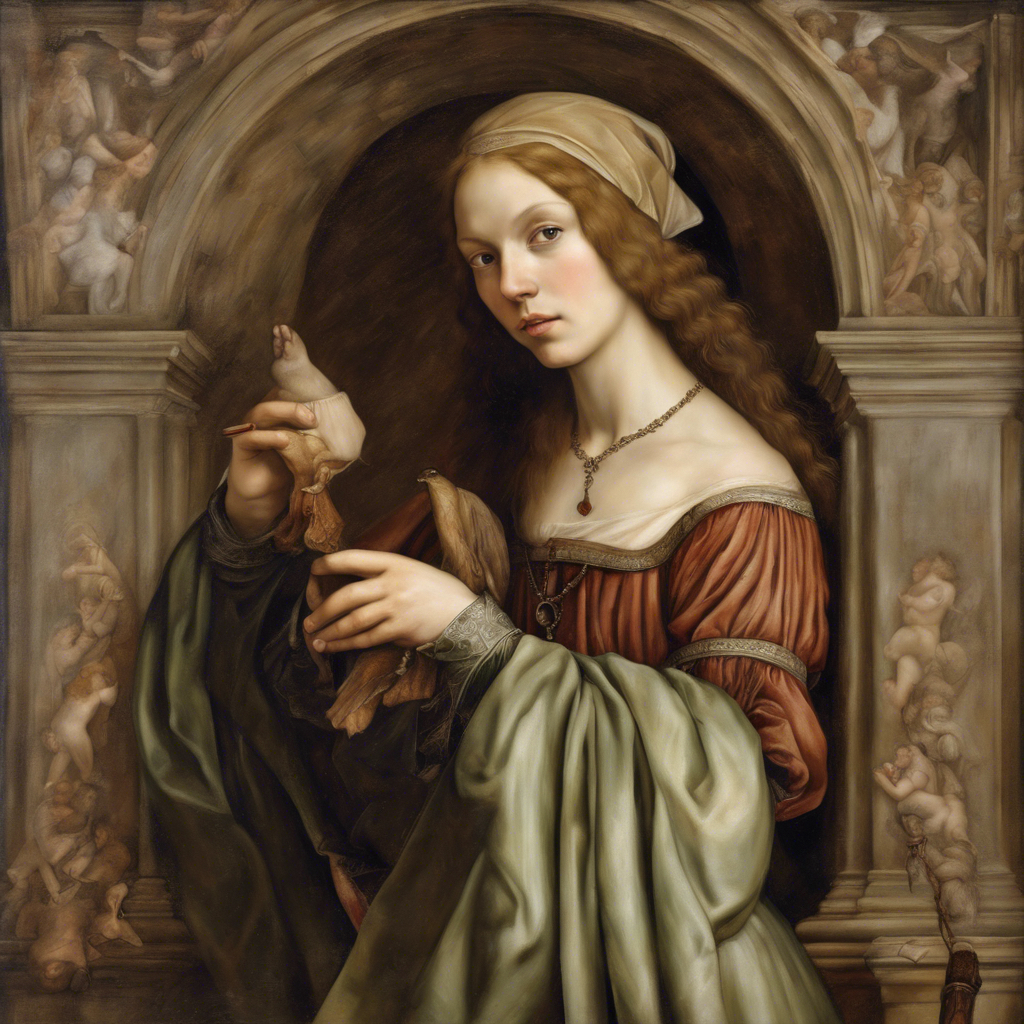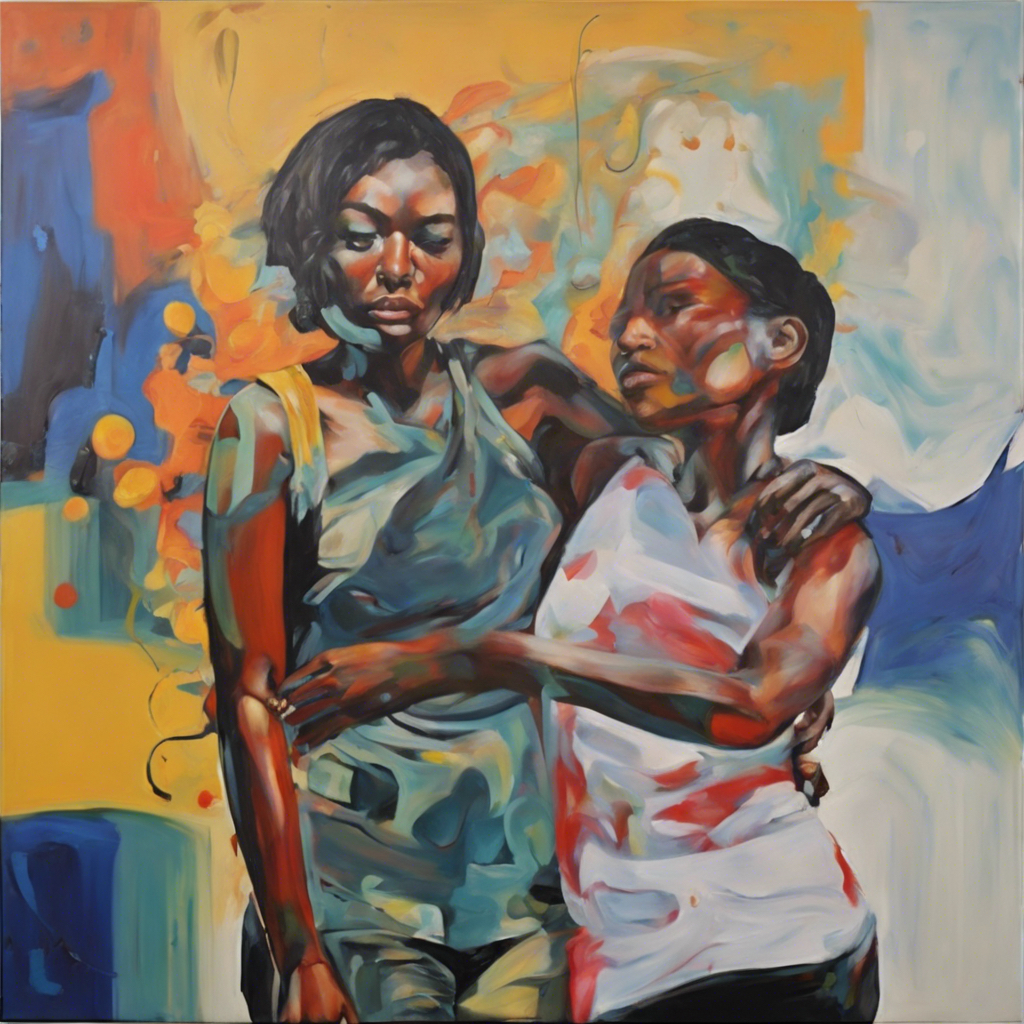Painting, a timeless form of artistic expression, has captivated humanity for millennia. From the earliest cave paintings to the cutting-edge contemporary styles, this visual language has evolved alongside human civilization. Let’s embark on a journey through time, exploring the key milestones in the history of painting.
Ancient Beginnings: Cave Art and Beyond
The roots of painting can be traced back to the Paleolithic era, where our ancestors adorned cave walls with intricate depictions of animals, humans, and abstract symbols. These early works, found in locations like Lascaux, France, and Altamira, Spain, offer a glimpse into the minds of our prehistoric predecessors.
As civilizations flourished, so did painting. Ancient Egypt, with its iconic hieroglyphics and vibrant tomb murals, showcased a sophisticated understanding of color and symbolism. Similarly, ancient Greece and Rome produced stunning frescoes and mosaics that celebrated mythology, history, and human form.
The Renaissance: A Rebirth of Artistic Expression
The Renaissance marked a pivotal moment in the history of painting. Artists like Leonardo da Vinci, Michelangelo, and Raphael revolutionized the art world with their mastery of perspective, anatomy, and realistic portrayal. The Renaissance saw a renewed interest in classical art and a focus on humanism.
Baroque and Rococo: Drama and Elegance
The Baroque period, characterized by dramatic and theatrical compositions, was followed by the Rococo era, known for its delicate and ornate style. Artists like Caravaggio, Rembrandt, and Rubens used light and shadow to create powerful and emotional works. Rococo artists, such as Fragonard and Watteau, celebrated the beauty of nature, love, and leisure.
Impressionism and Post-Impressionism: Capturing Light and Emotion
The 19th century witnessed a radical shift in painting with the emergence of Impressionism. Artists like Monet, Renoir, and Degas sought to capture the fleeting effects of light and atmosphere. Post-Impressionists, including Van Gogh, Cézanne, and Gauguin, took Impressionism further, exploring personal expression and symbolism.
Modernism and Abstract Art
The 20th century brought forth a diverse range of artistic styles, collectively known as Modernism. Cubism, pioneered by Picasso and Braque, challenged traditional notions of perspective and form. Futurism, Dada, and Surrealism explored the subconscious, the machine age, and the absurdity of the modern world. Abstract Expressionism, led by artists like Pollock and Rothko, emphasized spontaneous and expressive brushwork.
Contemporary Art: Pushing Boundaries
Contemporary art continues to evolve, defying categorization and challenging traditional notions of what art can be. From conceptual art to performance art, installation to digital art, contemporary artists push boundaries, explore new mediums, and provoke thought.
Indian Painting: A Rich and Diverse Tradition
Indian painting boasts a rich and diverse history, spanning millennia. From the ancient cave paintings of Ajanta and Ellora to the Mughal miniatures and the vibrant folk art traditions, Indian painting has always been deeply rooted in culture, religion, and mythology. The 19th and 20th centuries saw the emergence of the Bengal School, which revitalized Indian art and introduced a modern sensibility.
The Legacy of Painting
Painting, as a medium, has played a crucial role in shaping human culture and society. It has served as a tool for storytelling, spiritual expression, social commentary, and aesthetic pleasure. The legacy of painting continues to inspire and enrich our lives, inviting us to explore the depths of human creativity and imagination.
References
- History of Painting: https://en.wikipedia.org/wiki/History_of_painting
- Art Historical References in Art: https://thedailyhowl.org/3119/creativity/the-history-behind-different-art-mediums/
- Painting | History, Artists, Elements, Techniques, Types, & Facts: https://www.britannica.com/art/painting
- The History of Painting: https://en.wikipedia.org/wiki/Lobo_%28artist%29
- References to Art History: https://www.artsy.net/gene/references-to-art-history

